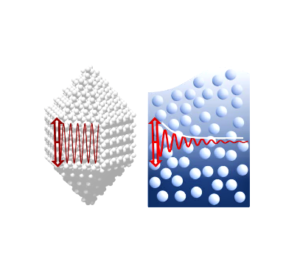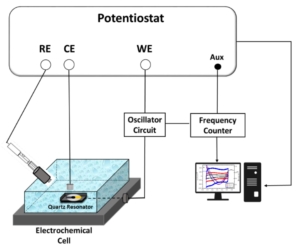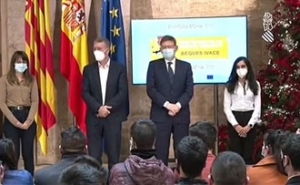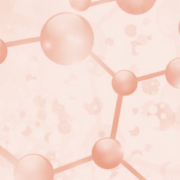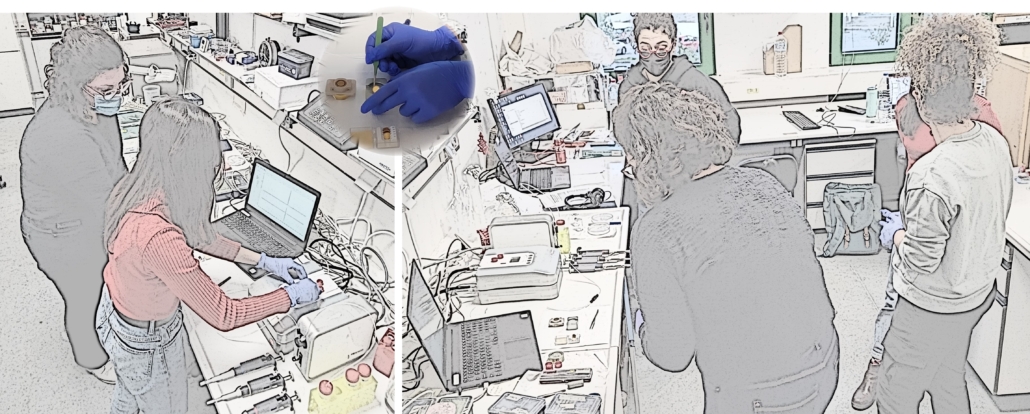High Frequency (100, 150 MHz) Quartz Crystal Microbalance (QCM) Piezoelectric Genosensor for the Determination of the Escherichia coli O157 rfbE Gene
Authors: Kaory Barrientos, María Isabel Rocha, Marisol Jaramillo and Neil Aldrín Vásquez.
Journal: Analytical Letters (2022)
Abstract
Escherichia coli O157 (E. coli O157) is responsible for outbreaks of high morbidity in food-borne infections. The development of sensitive, reliable, and selective detection systems is of great importance in food safety. In this work, two high fundamental frequency (HFF) piezoelectric genosensors (100 and 150 MHz) were designed and validated for the rfbE gene detection, which encodes O-antigen in E. coli O157. HFF resonators offer improved sensitivity, small sample volumes, and the possibility of integration into lab-on-a-chip devices, but their sensing capabilities have not yet been fully explored. This HFF-QCM genosensor uses the method of physisorption based on the union between the streptavidin and the biotin to immobilize the genetic bioreceptor on the surface and detect its hybridization with the target sequence. Parameters such as molecular coating, specificity, and variability were tested to enhance its performance. Although both genosensors evaluated are able to determine the target, the 100 MHz device has a higher response to the analyte than the 150 MHz platform. This is the first step in the development of an HFF-QCM genosensor that may be used as a trial test of E. coli O157 in large batches of samples.
You may read the full paper here.
High Frequency (100, 150 MHz) Quartz Crystal Microbalance (QCM) Piezoelectric Genosensor for the Determination of the Escherichia coli O157 rfbE Gene











